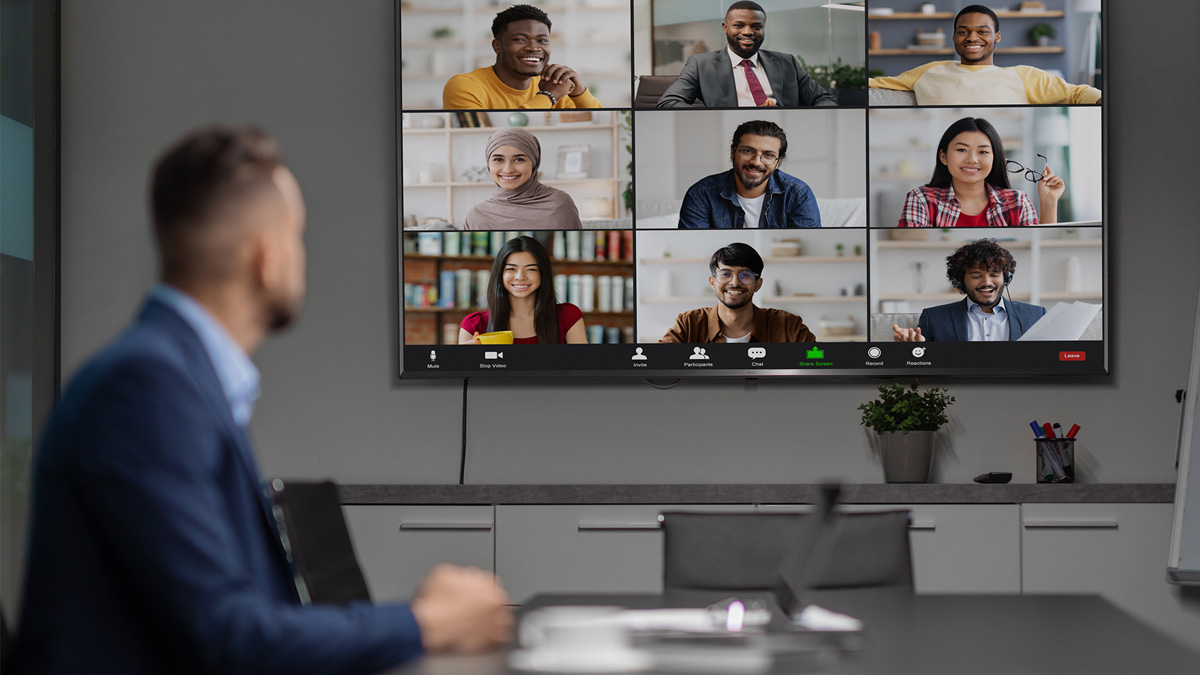5 best practices to help you manage video conferences securely
The importance of staying safe.

1. Use unique meeting codes for every online event and strong passwords.
While having the same meeting ID for consecutive meetings is convenient, it is equally convenient for malicious actors, who once they get a hold of an ID can enter the meeting uninvited. Never reuse the same meeting ID, especially for critical meetings.
Ensure your video conferencing application sets up unique video IDs as default, or you know how to set up unique meeting codes yourself.
While strong passwords may add some bother for participants, it adds an extra layer of needed protection, particularly for critical meetings. Ensure these passwords are at least 10 characters, include upper-case and lower-case letters, and include numbers and symbols.
2. Use a waiting room
A waiting room gives the host control over who enters the meeting. It doesn’t matter if they have the password, all attendees must be admitted by the host before joining. This adds another layer of protection from unapproved individuals attending.
3. Avoid posting meeting links on social media
Avoid posting links to your meetings on social media – even if they’re events open to the public. Once shared on social media you do not know who has access to the link, and this could lead to malicious actors entering the meeting. If you feel the link must be shared via social media, apply required registration so you can verify potential participants.
4. During public events, treat the chatroom with caution
For online events, ensure participants understand to approach the chat with caution, as malicious actors posing as regular attendees may use chat features to share dangerous links or attachments. If necessary, you may even be able to disable the chat feature until the end of the video conference or during a Q/A session, so that participants do not unknowingly click on a malicious file.
5. Don’t allow default screen sharing
In smaller work meetings with colleagues you are familiar with, default screen sharing is appropriate. As a general rule, it is better to ensure screen sharing for participants isn’t set to “on” by default.
The host of the meeting should be able to control who and when screen sharing occurs in order to efficiently manage the meeting and ensure the meeting isn’t interrupted by uninvited content.
work remote, work safe
Thanks to the fact that many of the jobs and meetings today are virtual, we can hire people to work for our company anywhere in the world. Do you want to know how we do it? Contact us
Related content
Global hiring: the future of managing remote employees
In today’s globalized world, businesses are increasingly embracing the concept of a distributed workforce. With the rise of remote employees and staff from around the world, companies are discovering new ways to engage and manage their global hires.
AI and remote work: what will the landscape look like in 2025?
In this article, we will explore the impact of AI on telecommuting in 2025.
Exploring diverse approaches to remote work
Balancing remote work with parenting can be challenging, but with effective strategies, it’s possible to navigate both successfully. Here are some tips to help you manage remote work while being a parent:
Balancing remote work and parenting
Balancing remote work with parenting can be challenging, but with effective strategies, it’s possible to navigate both successfully. Here are some tips to help you manage remote work while being a parent:
Working at the office could cost twice as much as working remotely
Here are some factors that may contribute to this cost difference
Optimizing home office
Working from home has excellent opportunities for both productivity and distraction. We give you some ideas to avoid falling into the trap.






